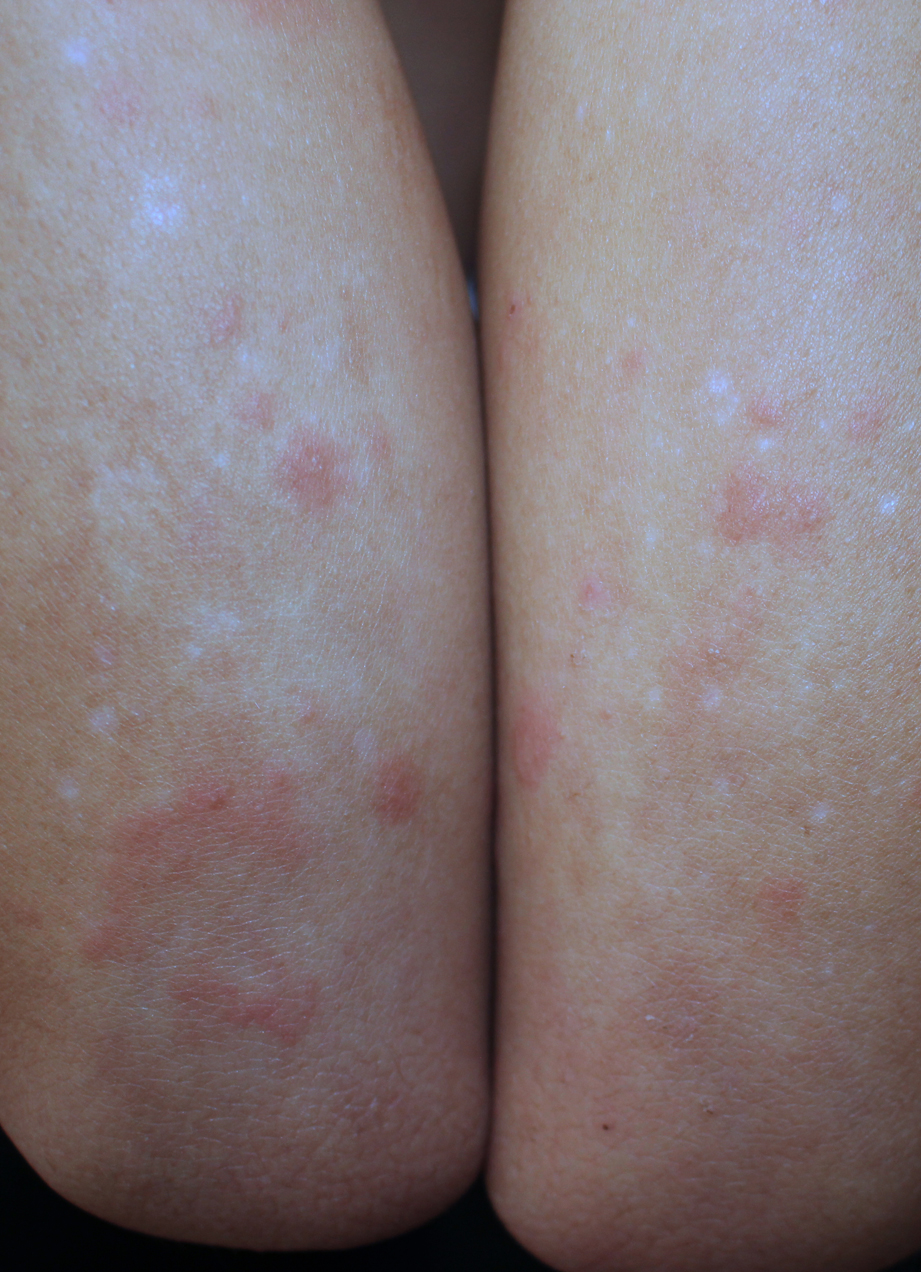Dermatitis herpetiformis: a new case after 10 years.

Downloads
DOI:
https://doi.org/10.26326/2281-9649.30.1.2084How to Cite
Abstract
In the past 10 years we had not observed new cases of dermatitis herpetiformis despite the significant increase in cases of celiac disease. Probably, this apparent discrepancy is linked to the greater awareness of the disease among pediatricians that leads them to seek its causal role in the presence of the most varied symptoms. The disease must be suspected in the presence of an intensely itchy, erythematous-papular dermatitis affecting the extensor surface of the limbs symmetrically, especially of the proximal third of the forearms. The most frequent traumas here would cause epidermal damage with the release of transglutaminase from the prickly layer and their reaction with serum antibodies (1). The response to the gluten-free diet is late, even more than a month after the onset, sometimes making dapsone therapy necessary at the beginning. The latter was effective even in topical preparations at 5-7.5% (2).
